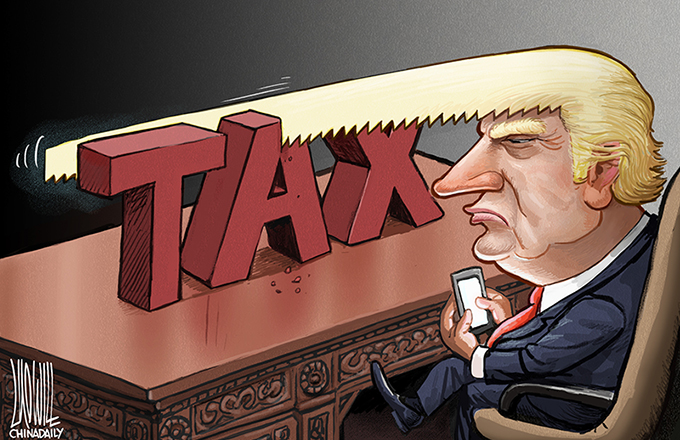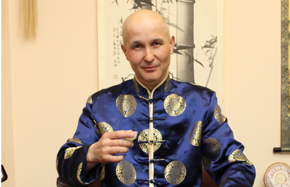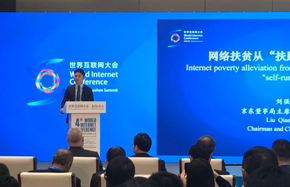Advantage of being a latecomer
In theory, any developing country that can harness its latecomer's advantage to achieve technological and industrial upgrading can grow faster than developed countries. According to the Commission on Growth and Development led by Nobel laureate Michael Spence, 13 economies took full advantage of their latecomer status after World War II and achieved annual GDP growth rates of 7 percent or higher at least twice as high as developed countries' growth rates for 25 years or longer.
The Chinese mainland became one of the 13 economies after 1979. Because its latecomer status explains its 33 years of rapid economic growth, the key to understanding its potential for further rapid growth in the future lies in estimating how large those advantages still are.
Per capita GDP, which reflects a country's average labor productivity and its overall technological and industrial achievement, is a useful proxy to estimate the advantage of being a latecomer. That is, the per capita GDP gap between China and developed countries essentially reflects the gap between them in terms of overall technological and industrial achievement.
According to the most up-to-date estimate by the economic historian Angus Maddison, the Chinese mainland's per capita GDP in 2008 was $6,725 in 1990 dollars, which was 21 percent of per capita GDP in the United States. That is roughly the same gap that existed between the economies of the US and Japan in 1951, the US and Singapore in 1967, the US and Taiwan in 1975, and the US and South Korea in 1977. Harnessing their advantages as latecomers, Japan's average annual growth rate soared to 9.2 percent over the next 20 years, Singapore's to 8.6 percent, Taiwan's to 8.3 percent and South Korea's to 7.6 percent.
If the latecomer's advantage implied by the income gap between the four newly industrialized economies and the US enabled the four economies to realize average annual GDP growth rates of 7.6 percent to 9.2 percent for 20 years, the Chinese mainland's annual growth potential should be a similar 8 percent from 2008 to 2028.
But to fully realize its potential growth as a latecomer, China needs, above all, to deepen its market-oriented reforms, address various structural problems, and develop its economy according to its comparative advantages.
The author, a former chief economist and senior vice-president at the World Bank, is professor and honorary dean of the National School of Development, Peking University, and the founding director of the China Center for Economic Research.
Project Syndicate



















